7 Growing Stages Of Bell Peppers
Among the most versatile fruits treasured by home growers for fresh eating, pickling, stuffing and baking applications, bell peppers transform ordinary meals into colorful culinary masterpieces. Luckily, given suitable climates and attentive care from seed to harvest bell peppers reward tastily through summer and fall harvests even in compact spaces. This guide presents key tips empowering bountiful bell peppers growing stages for gardeners worldwide.
We begin by assessing ideal environmental factors allowing vigorous growth before traversing key morphological milestones across Capsicum’s life cycle. Alongside cultivation guidance and troubleshooting advice, condensed wisdom ahead aims to convert even novice growers into seasoned bell pepper connoisseurs through a Bell Peppers Growing Stagesplied understanding. Soon your patience and compassion bear fruits transforming modest starter plants into diverse yields blessing tables and palates all season long.
For more information about Gardening you can visit: Growth Stages Of Passion Fruit
Conditions for Growing Bell Peppers
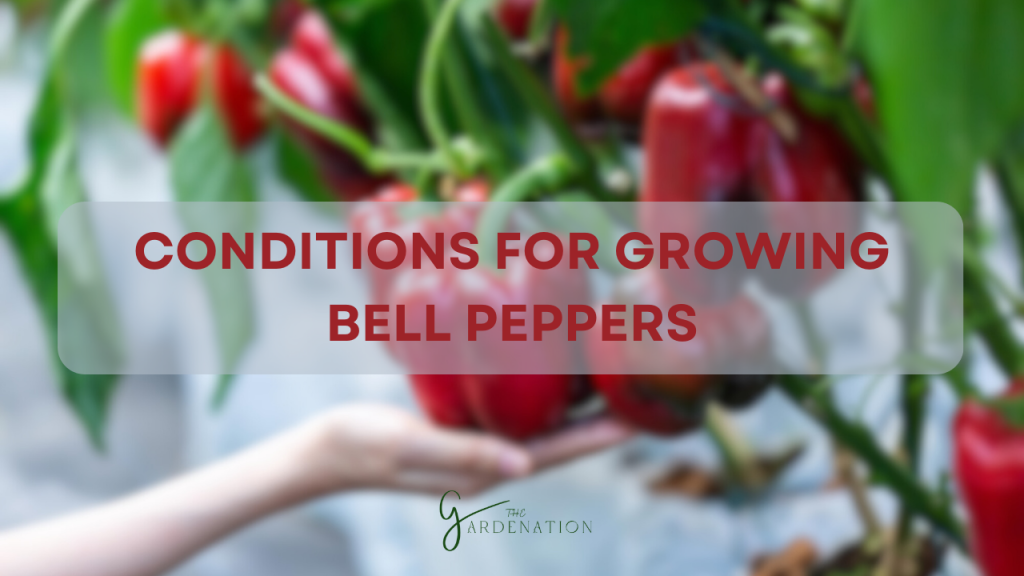
As descendants of Central American wild Capsicum ancestors, bell peppers relish hot, humid summers with day temperatures between 75-85°F needed for germination, flowering and proper fruit sizing. Cool evenings around 60-70°F allow respite from heat stress. Direct sowing into properly prepared garden beds warmed to at least 65°F ensures vigorous seedling establishment. Transplant starter plants after danger of spring frost passes and soil temperatures stabilize suitable for growth. Site peppers in full sun locations for at least 6 hours daily.
Provide organically enriched, well-drained slightly acidic loam soils to allow robust root function. Raised beds improve drainage and root zone warmth while black or red plastic mulch boosts soil temperatures dramatically. Shelter plants from drying winds which can damage delicate flowers and inhibit fruit set. Consistent moisture meeting pepper water needs prevents blossom loss and leaf desiccation although excessive wetness causes root issues. Careful irrigation monitoring prevents extremes between too dry and overly saturated.
Bell Pepper Growth Timeline
When seeded directly into favored conditions outside, bell peppers mature from 80-100 days post-emergence depending on the variety selected. Transplanting greenhouse propagated specimens reduces durations to 60-75 days for earlier harvests, especially using ultra-short hybrid cultivars. Given ideal settings, individual pepper plants live across 3-4 years in zones 9-11 but often grow as annuals elsewhere unless brought indoors before winter extremes. Perennial cultivation allows earlier ripening and higher yields in successive seasons.
Peppers commence growth through seed germination and seedling development before extensive leaf and branch vegetative structure emerges supporting soon abundant white blossom clusters. After self-pollination, nascent fruits swell rapidly into plump multi-lobed edibles available for early harvest just two weeks later. Subsequent fruit maturation concentrates sugars and pigments signaling full ripeness through color changes weeks afterward. Timely planting, coupled with suitable environmental conditions, empowers gardeners to fine-tune production aligning with desired harvest periods.
Bell Peppers Growing Stages
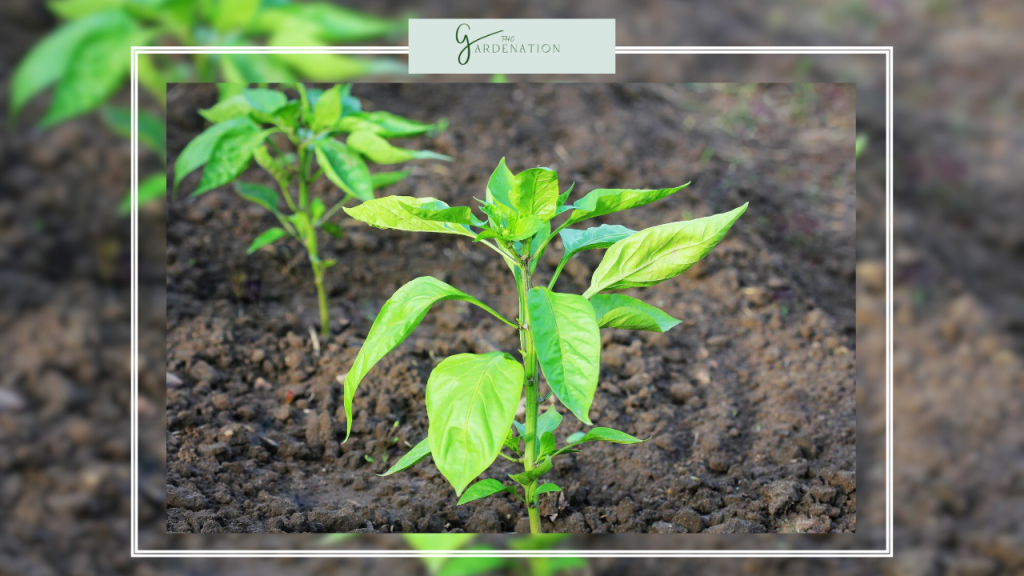
1. Seed Germination
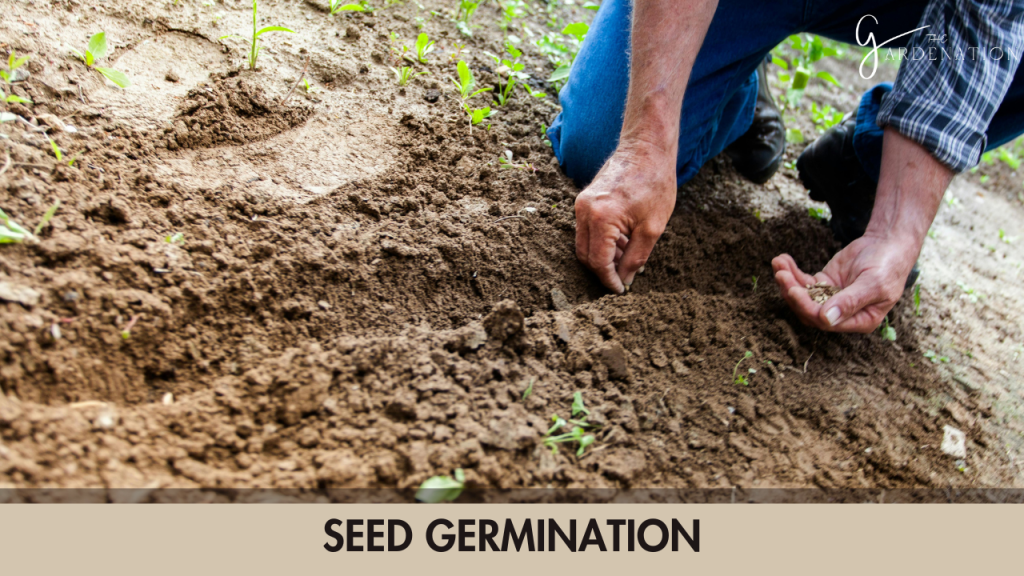
Indoor germination 8-10 weeks before outdoor planting allows robust seedlings ready for transplant soon after frosts pass. Maintain warm soil temperatures around 80°F while providing ample moisture and daylight until sprouting. Once cotyledons emerge, supplemental lighting keeps stems compact. Avoid overwatering delicate seedlings while ensuring adequate nutrition until transplant outside.
2. Seedling Stage
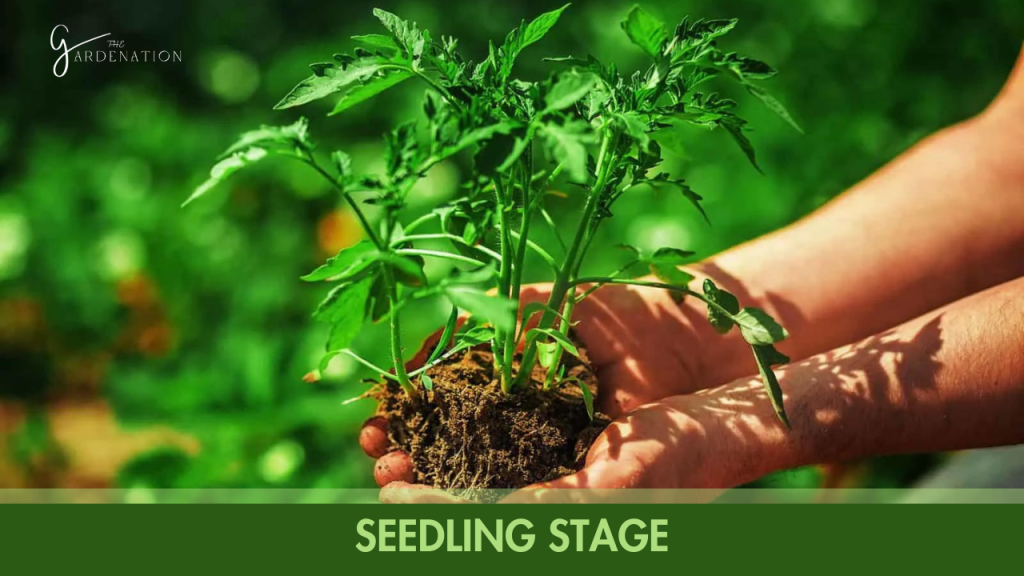
Young peppers display two seed embryonic leaves on short stems before the first spiked true leaves emerge. Prevent damping off diseases through careful moisture management while avoiding excessive direct light intensity over new growth. When a second set of true leaves develops, harden off and transplant into garden beds once night temperatures remain reliably over 55°F without fluctuations. Use row covers to boost warmth while sheltering from wind damage.
3. Vegetative Growth Stage

Pepper seedlings shift summer energy balances into rapid leaf and shoot expansion to capture ample sunlight needed for flower and fruit nourishment later on. Staking or caging secures top-heavy stems during thunderstorms while also keeping fruits elevated off soil surface preventing rot organisms from splashing onto low-hanging produce later on. Monitor pests like aphids which colonize tender young leaves and can transmit debilitating viral diseases through feeding. Apply organic controls at first sightings before infestations escalate if noticed. Handpick larger pests after inspecting foliage frequently.
4. Flowering Stage
Peppers commence flowering six to eight weeks post-transplanting once sufficient vegetative structure allows energy diversion into reproduction. The very first white corolla flowers usually drop off naturally since initial root structures often cannot yet support fruit development. But secondary and tertiary flower clusters soon produce successes once strengthening roots stabilize anchored plants.
Shaking or jostling plants while blossoms are open dislodges vital pollen grains from anthers inside flowers so handle plants extremely gently during flowering. Use floating fabric row covers to shelter plants from rainfall and hail which damages delicate flowers. Careful attention ensures adequate fruit set so desired yields result later on.
5. Pollination & Fruit Set
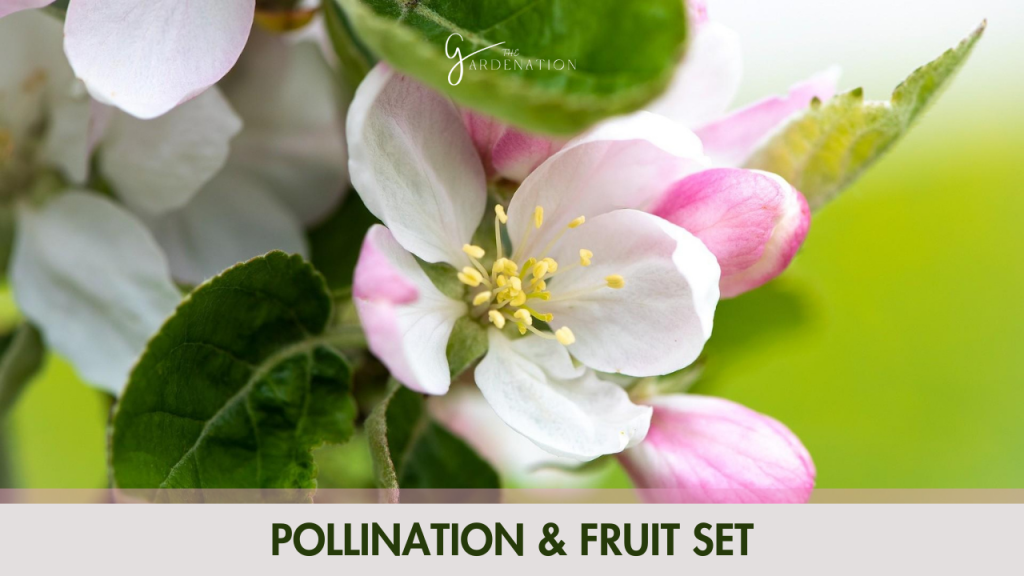
The perfect bell pepper flowers contain both male and female floral organs allowing self-pollination once blossoms open fully. Bees and other supplemental pollinator visits between separate plants also enhances fruit quantities and seed qualities for saving future planting stock. Sustained temperatures between 65-80°F foster optimal pollination and fruit development initiated once flowers fade. Night temperatures dipping lower occasionally induce misshapen or cat-faced fruits lacking full lobes. Carefully monitor bloom progress across summer and provide emergency cold protection like low tunnels with row covers or hot caps shielding plants overnight if unseasonable cold fronts approach suddenly during critical windows.
6. Early Fruit Formation
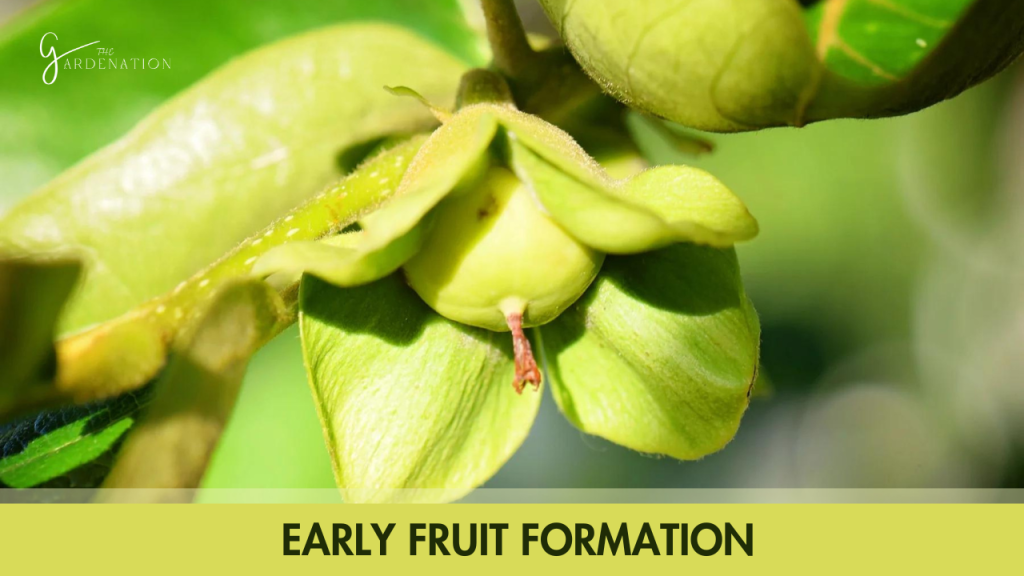
Successfully pollinated ovaries commence enlarging soon after wilted corollas drop away, revealing the nascent pepper fruit underneath. Tiny fruitlets gradually swell over two weeks into recognizable mini bell shapes. Give plants balanced feedings to nourish expanding fruits without overdosing nitrogen levels that spur leaf expansions rather than fruits. Monitor for insect pests or diseases during crucial cell growth when immature peppers remain especially vulnerable if suboptimal conditions arise. Healthy fruits gradually gloss over with a waxy cuticle protecting inner contents.
7. Fruit Maturation & Ripening
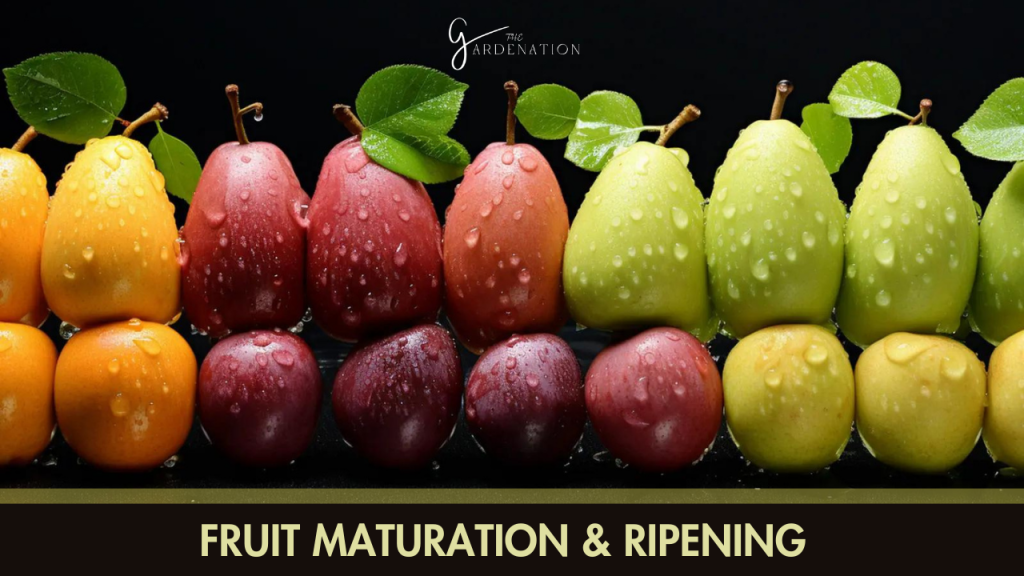
Depending on maturation rates across bell pepper varieties ranging 60-80 days from flowering, vibrant fruits signal peak eating quality through color changes from green to brilliant red, orange or golden yellows. Ripe peppers soften marginally but remain firm when gently squeezed, unlike squash and tomatoes. Harvest frequently as fruits achieve full colors to prevent over-ripening and invitation of rot organisms through degraded skins. Chilling peppers quickly post-picking slows deterioration while also allowing certain enzymes to convert starch sugars into sweeter forms.
Frequently Asked Questions
How long after flowering until ripe pepper harvest?
Bell peppers require approximately 60 days from blossom drop to full ripe fruit coloration depending on seasonal temperatures and variety grown. Monitor individual fruits for external color changes signaling sweetness.
Why do my pepper plants show abundant flowers but no fruit sets?
Several factors including night temperatures dipping below 55°F, excessive nitrogen fertilizer, water stress and insect damage trigger flower loss before pollination completes. Review each factor and resolve underlying issues to boost fruiting reliability. Supplement bee visits if needed while sheltering plants during cold weather spells disrupting reproductive success.
Conclusion
Raising thriving bell pepper plants through the seasons relies on understanding growth stage dynamics and environmental factors enabling healthy transitions from seedlings to maturity. Carefully tending soil conditions, providing consistent moisture and shielding fragile flowers empowers vigorous fruit set.
Adjust cultivation strategies meeting local realities through insight gained in this bell pepper growth guide. Soon vibrant colorful peppers grace summer fare, celebrating yet another fruitful gardening journey from first seeds sown to flavorful harvests gathered granting provision and delight through applied passion!

